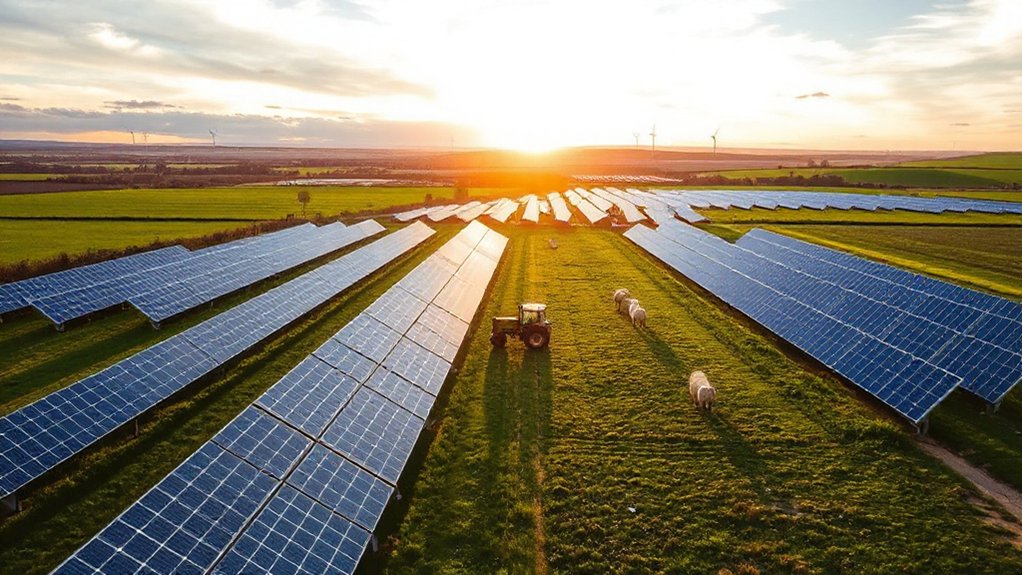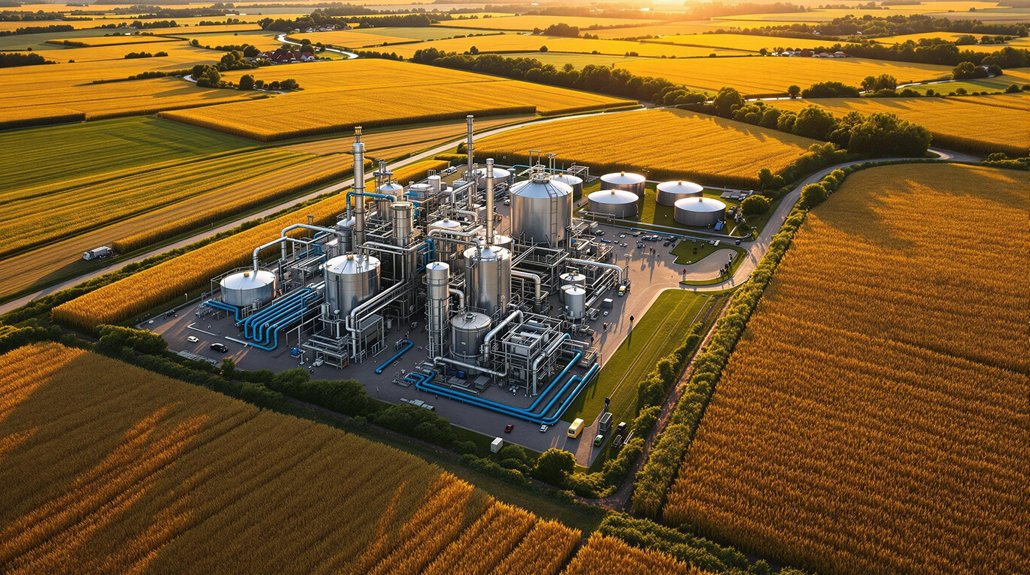While experts once hoped global hunger was on the retreat, the world now faces a staggering crisis of food insecurity. Acute hunger now affects 295 million people globally—triple the number from 2016. That’s right, triple.
The dream of ending hunger has shattered—we’re now facing triple the acute hunger compared to just eight years ago.
Six consecutive years of rising food insecurity have left 53 countries in severe crisis, with the worst cases occurring in conflict zones. Gaza’s situation is particularly dire, with its entire population facing acute food insecurity and one in five experiencing outright starvation. Not exactly the “progress” we were promised.
Weather extremes are increasingly disrupting agriculture and food distribution worldwide. Droughts destroy crops. Floods wash away farms. It’s that simple.
While conflict remains the primary driver of food insecurity, these climate disasters are creating a perfect storm that’s literally starving populations. The situation mirrors the wildfire activity doubling worldwide as both are intensified by climate change. Meanwhile, economic shocks—inflation, currency devaluation, you name it—are making food unaffordable. People can’t eat what they can’t buy. The situation became even more catastrophic with famine confirmed in Sudan, marking the first global instance since 2020.
Global cereal prices dropped 5% in early 2025, offering a brief respite. Markets report stable supplies with no immediate shortages looming. Small mercies, right?
But 2.8 billion people still can’t afford a healthy diet. That’s 35% of humanity subsisting on nutritionally inadequate food—particularly in low-income countries.
Strategic Grain Reserves have emerged as a critical buffer against food insecurity. These stockpiles help governments stabilize markets during price spikes and supply crashes.
The World Bank, WFP, and FAO are scrambling to coordinate guidance on managing these reserves effectively. Too little, too late? We’ll see.
The regional disparities are stark. Sub-Saharan Africa and South Asia bear the brunt of this crisis, with at least 42 countries scoring “Serious” or “Alarming” on the Global Hunger Index.
Twenty-two nations are actually getting worse. And the ultimate gut punch? Humanitarian funding for food sectors could plummet by 45% in 2025. Because apparently, feeding starving people isn’t a priority anymore. The situation has been compounded by the interconnectedness of drivers, where conflict, economic problems, and extreme weather combine to create devastating conditions for vulnerable populations.
References
- https://thedocs.worldbank.org/en/doc/40ebbf38f5a6b68bfc11e5273e1405d4-0090012022/related/Food-Security-Update-116-May-16-2025.pdf
- https://www.fsinplatform.org/report/global-report-food-crises-2025/
- https://www.ifpri.org/blog/2025-global-report-on-food-crises-rising-food-insecurity-waning-humanitarian-assistance/
- https://www.worldbank.org/en/topic/agriculture/brief/food-security-update
- https://concernusa.org/news/world-hunger-facts/








